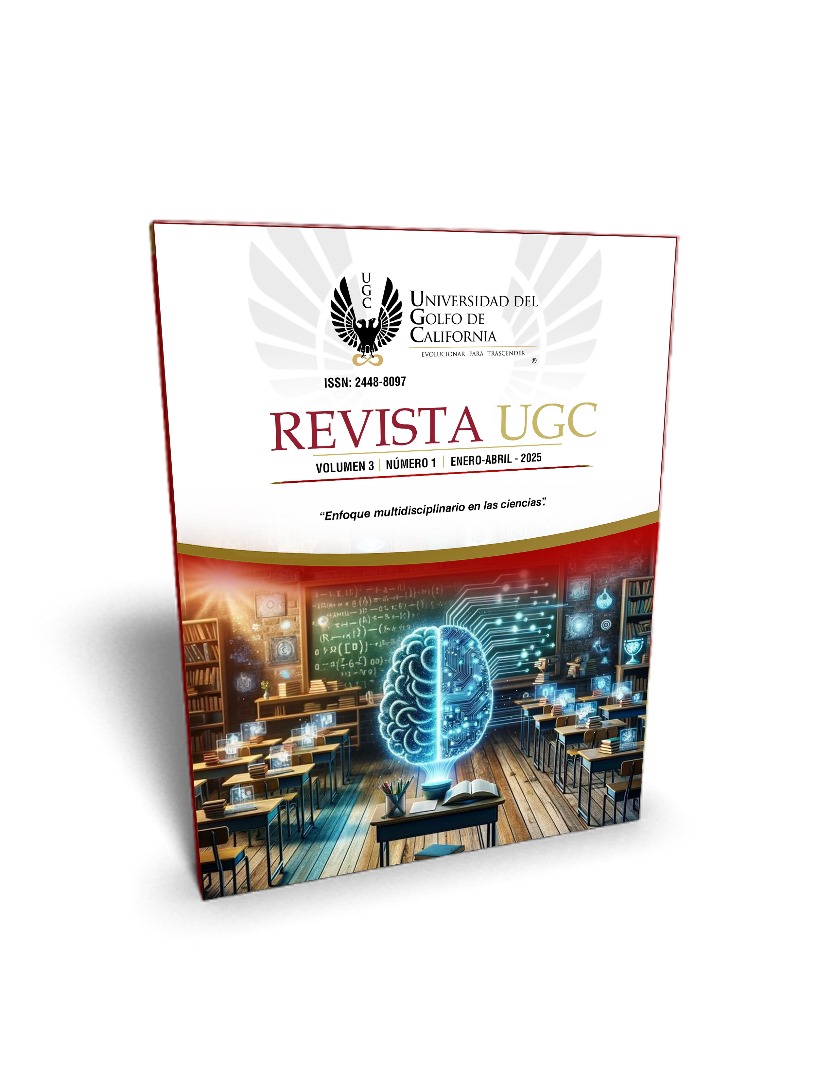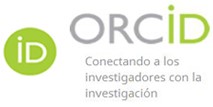Universal design for learning, the panacea of inclusive education in Ecuador
Keywords:
Universal learning design, neurodivergent students, educational methodology, teaching-learning processAbstract
The objective of this article is to analyze and reflect on the shortcomings that this method presents within the current educational system, for this the mixed method was used for the research process, which allowed us to first carry out a bibliographic review of the model of how it was born and how it is implemented in the classroom, and then, review the application work of said method in the classroom by the teaching staff, for this, the application of the survey to the body was carried out to determine how trained the teachers are in the methodology of Universal Learning Design (UDL) and if It is really working within the classroom with a neurodivergent student population, so finally write the reflections and limitations of the DUA as a conclusion.
Downloads
References
Alba, C. (2019). Diseño Universal para el Aprendizaje: un modelo teórico práctico para una educación inclusiva de calidad. Revista Participación Educativa, 6(9), 55-66. https://dialnet.unirioja.es/servlet/articulo?codigo=7449797&orden=0&info=link
Ecuador. Minsterio de Educación. (2024). Proyecto Inclusiva. https://educacion.gob.ec/wp-content/uploads/downloads/2015/11/Proyecto-Inclusiva.pdf
Fernández-Batanero, J. M. (2019). Educación inclusiva y TIC. Revista Aula abierta, 48(2), 125-128. https://reunido.uniovi.es/index.php/AA/article/view/13808
Organización de las Naciones Unidas para la Educación, la Ciencia y la Cultura. (2024). Sistema Regional de Información Educativa de los estudiantes con discapacidad. https://unesdoc.unesco.org/ark:/48223/pf0000227500
Parra Contreras, D. (2014). Educación Inclusiva: un modelo de diversidad humana. Revista Educación y Desarrollo Social, 5(1), 139-150. https://doi.org/10.18359/reds.897
Rincón Infante, S. M. (2020). Estrategias de enseñanza aprendizaje en el proceso formativo de estudiantes sordos en la educación superior. Horizontes pedagógicos, 22(1), 13–24. https://doi.org/10.33881/0123-8264.hop.22101
Rose, D., & Meyer, A. (2012). Teaching Every Student in the Digital Age Alexandria Association for Supervision & Curriculum Debe. ASCD.
Ruiz-Bel, R., Solé, L., & Echeita, G. (2012). El principio del Universal Design. Concepto y desarrollos en la enseñanza superior. Revista de Educación, 359, 413-430. https://www.educacionfpydeportes.gob.es/revista-de-educacion/numeros-revista-educacion/numeros-anteriores/2012/re359/re359-19.html
Suárez Benítez, A. M., & López Almeida, J. F. (2018). Investigación en Educación Inclusiva: la producción de trabajos en Revistas Españolas y Tesis Doctorales. Revista Nacional e Internacional de Educación Inclusiva, 11(1), 151-174.
Torres Gijón, M. (2015). Pasado, presente y futuro de la atención a las necesidades educativas especiales: Hacia una educación inclusiva. Perspectiva Educacional, 49(1), 62-89. https://dialnet.unirioja.es/descarga/articulo/3579916.pdf
Tovar Martínez, J. L., & Sarmiento Ruíz, P. (2023). El diseño curricular, una responsabilidad compartida. Cali: Colombia Médica, 42(4), 508-517. http://www.scielo.org.co/scielo.php?pid=S1657-95342011000400012&script=sci_abstract&tlng=es
Universidad Nacional de Educación a Distancia. (2018). La inclusión educativa como proceso en contextos socioeducativos. UNED.
Downloads
Published
How to Cite
Issue
Section
License
Copyright (c) 2025 Oscar José Martín-Pinto

This work is licensed under a Creative Commons Attribution-NonCommercial 4.0 International License.
Los autores conservan los derechos de autor, garantizando a la Revista el derecho a la primera publicación del trabajo. Los autores ceden a la Revista los derechos de explotación de la obra autorizándola a la distribución y comunicación pública con fines no comerciales. Los autores conservan los derechos morales sobre la obra publicada. Los derechos patrimoniales le corresponden a la Revista.






